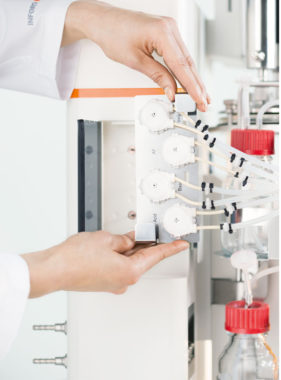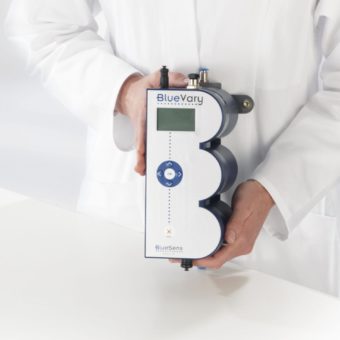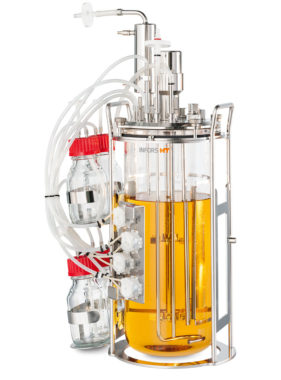When applying a fed-batch strategy, the advantages are clear. Due to the addition of fresh nutrients, more biomass and product can be produced during exponential phase. Furthermore, by using modern monitoring and controlling sensor systems, metabolic changes during cultivation can be detected which help to gain more process knowledge. To get out the most of your fed-batch process, we have summarized some basic hints to follow. Now nothing can stand in the way of a successful cultivation.

Preparing the bioprocess
- A pre-calculation of the quantity of required culture liquid prevents bottlenecks, post-production and ensures a smooth running of the bioprocess. It is equally important that the feed pump used achieve the desired flow rates.

- The resulting (waste) heat, especially in high cell density processes, should not be underestimated. Sufficient cooling can be achieved by adding a cooling finger or by connectinga recirculating chiller.
- The metabolic state of the culture can be accurately determined by the calculation of the respiratory quotient if an exhaust gas analyzer is connected to the bioreactor.

An exit gas analyser, e.g. by BlueSens is used to measure changes in the gas composition.
Starting the bioprocess
- A fed-batch process should not be started below the minimum volume in order to guarantee that all sensors and the impeller are sufficiently covered with culture media.
- If a very precise flow rate has to be maintained, it is advisable not to calibrate the pump in the first hour of operation because the tubes can still stretch. Gravimetric feeding can be used to bypass unwanted side effects due to tubing changes over a long duration.
During the bioprocess
- An overfilled culturing vessel is also of little use. There should always be a minimum of 20 to 30 % headspace in the culture vessel.

- The carbon source is not necessarily the limiting factor. Trace elements and a sufficient supply of a nitrogen source are also essential for the success of the process. Thus, for example, a higher biomass yield can be achieved with E. coli if an ammonium solution is used as a base in the process.
